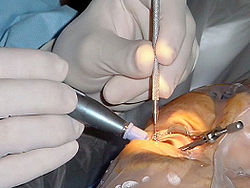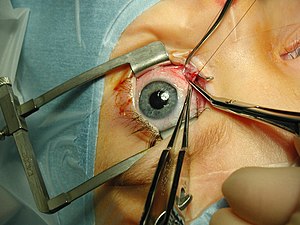 |
| Diagnosis Of Diabetic Retinopathy |
When and how often do you need your eyes checked? The American Academy of Ophthalmology recommends the following schedule:
 |
| Diagnosis Of Diabetic Retinopathy |
 |
| Causes Of Diabetic Retinopathy |
 |
| How Diabetic Retinopathy Affects Vision |
 |
| Ways To Improve Your Eyesight |
 |
| How To Restore Eyesight |
 |
| How To Help Your Eyesight |
 |
| How To Regain Your Eyesight |
 |
| How To Improve Eyes Vision |
 |
| Vision Improvement Techniques |
 |
| Tips To Improve Vision |
 |
| Problems With Vision |
 |
| Sudden Vision Improvement |
 |
| Natural Vision Improvement |
 |
| Eye Sight Problems |
 |
| Laser Vision Correction Problems |